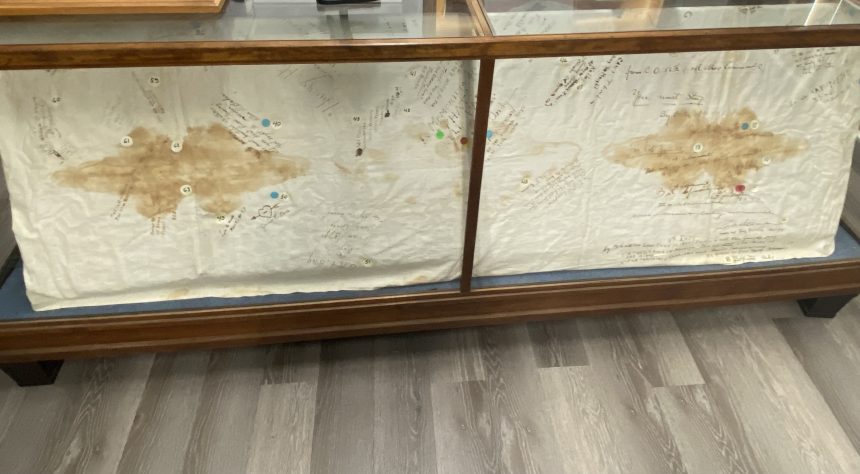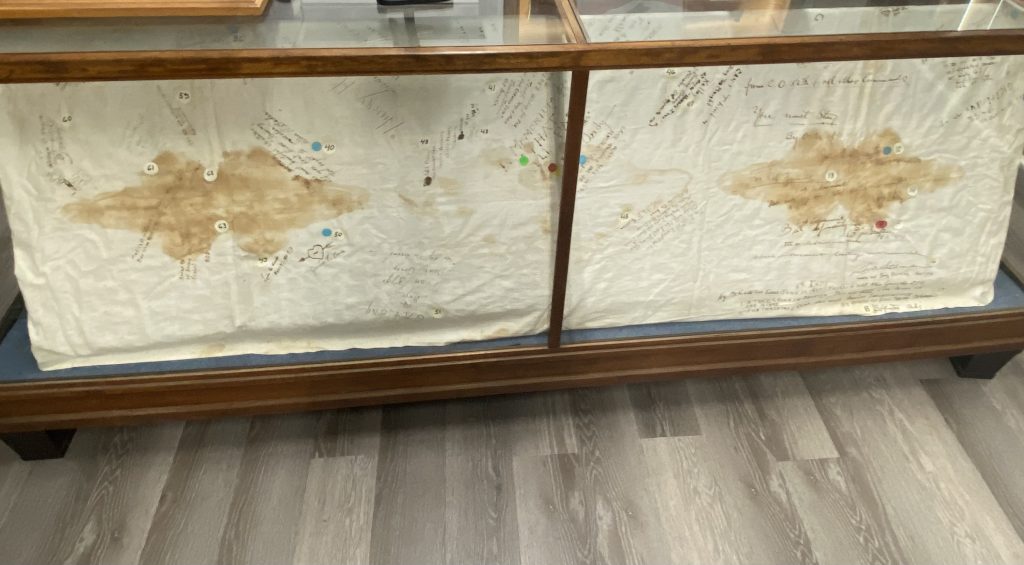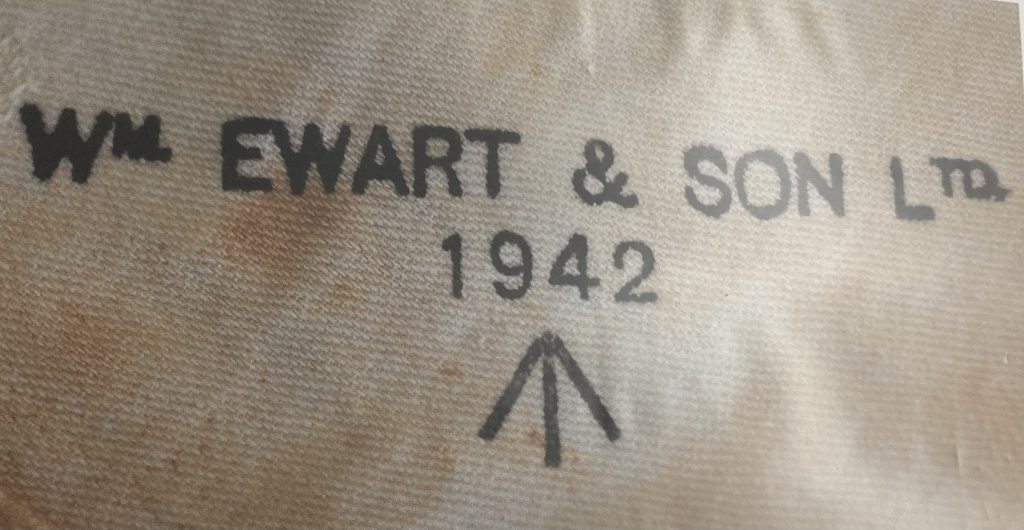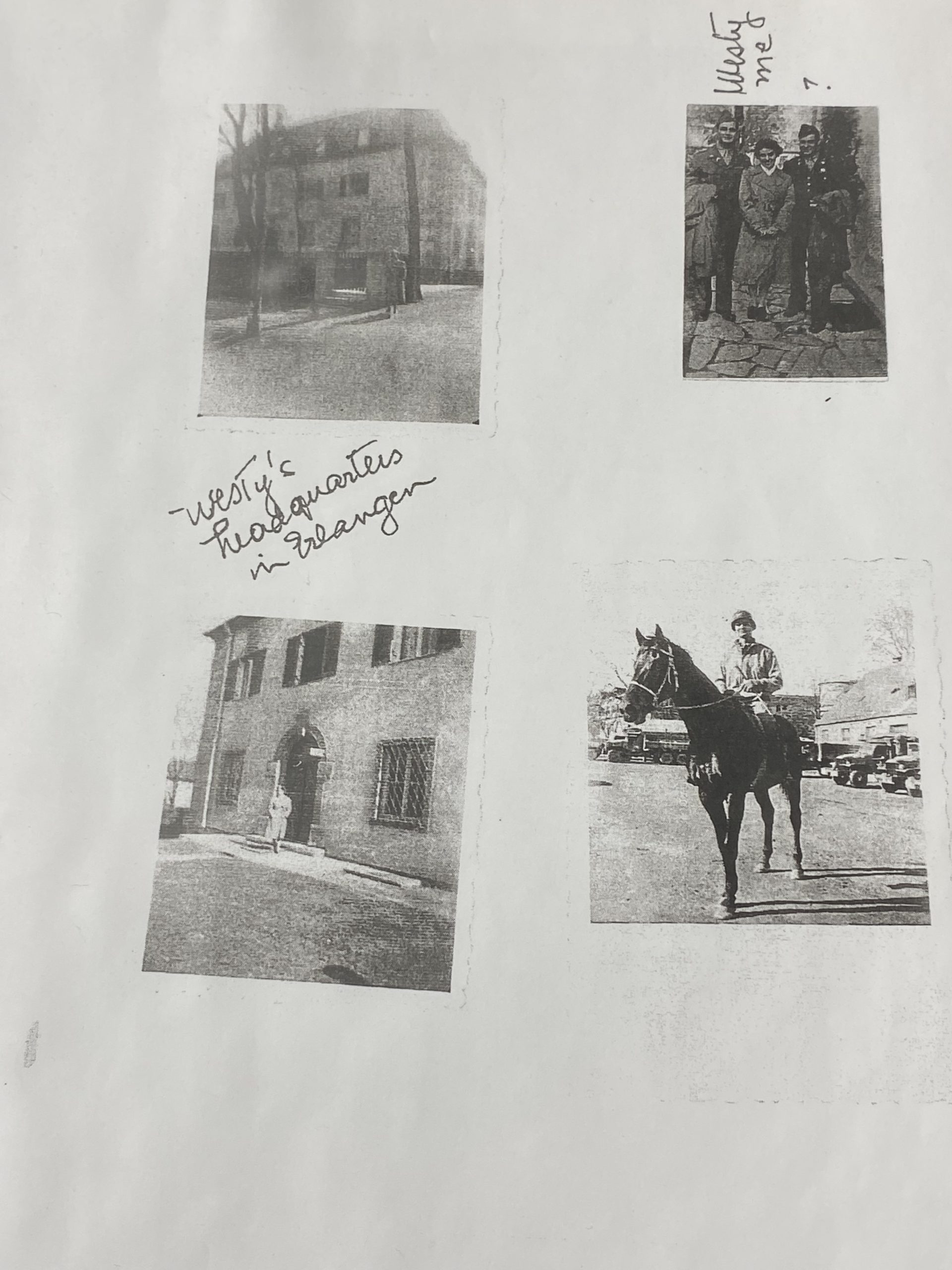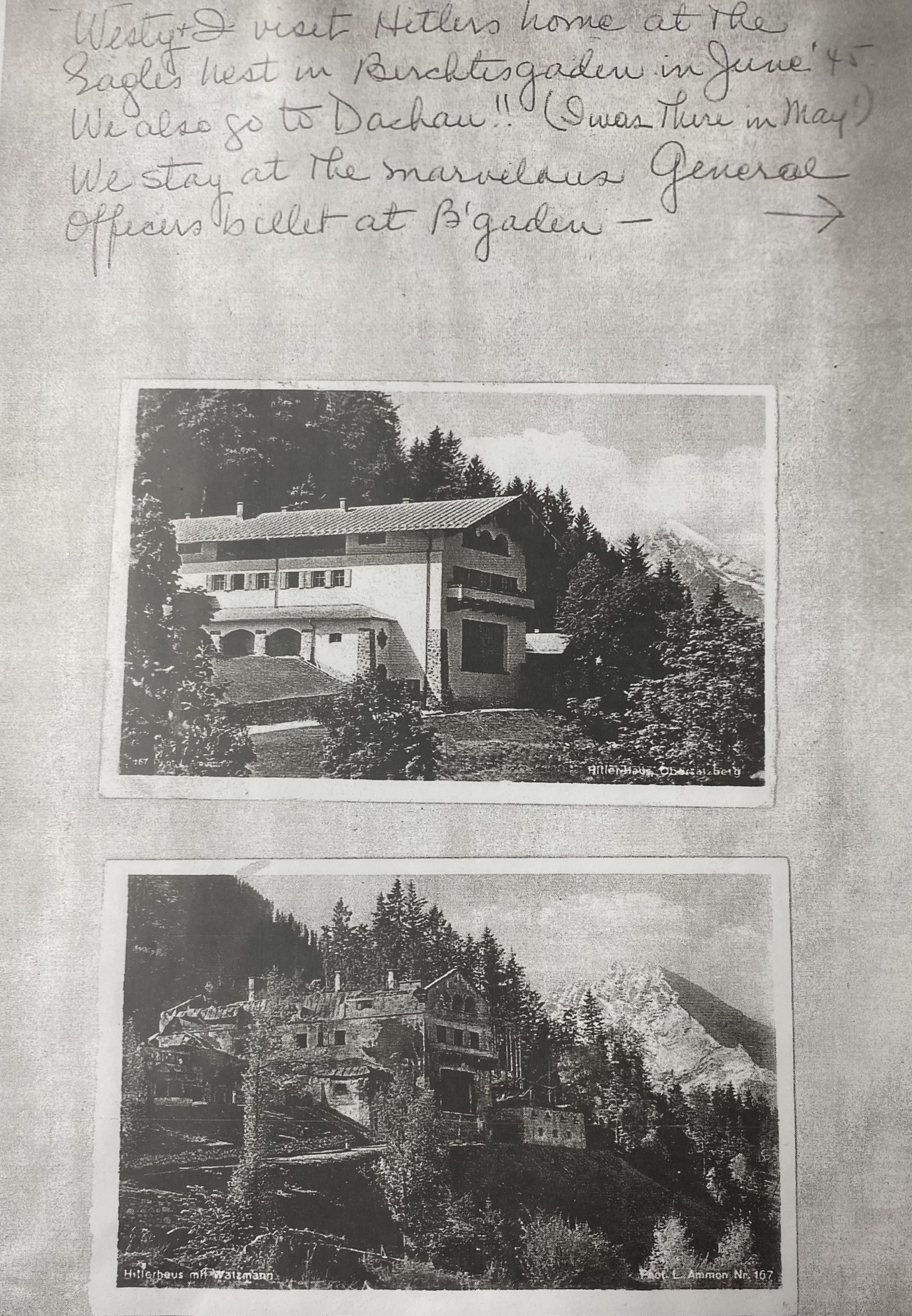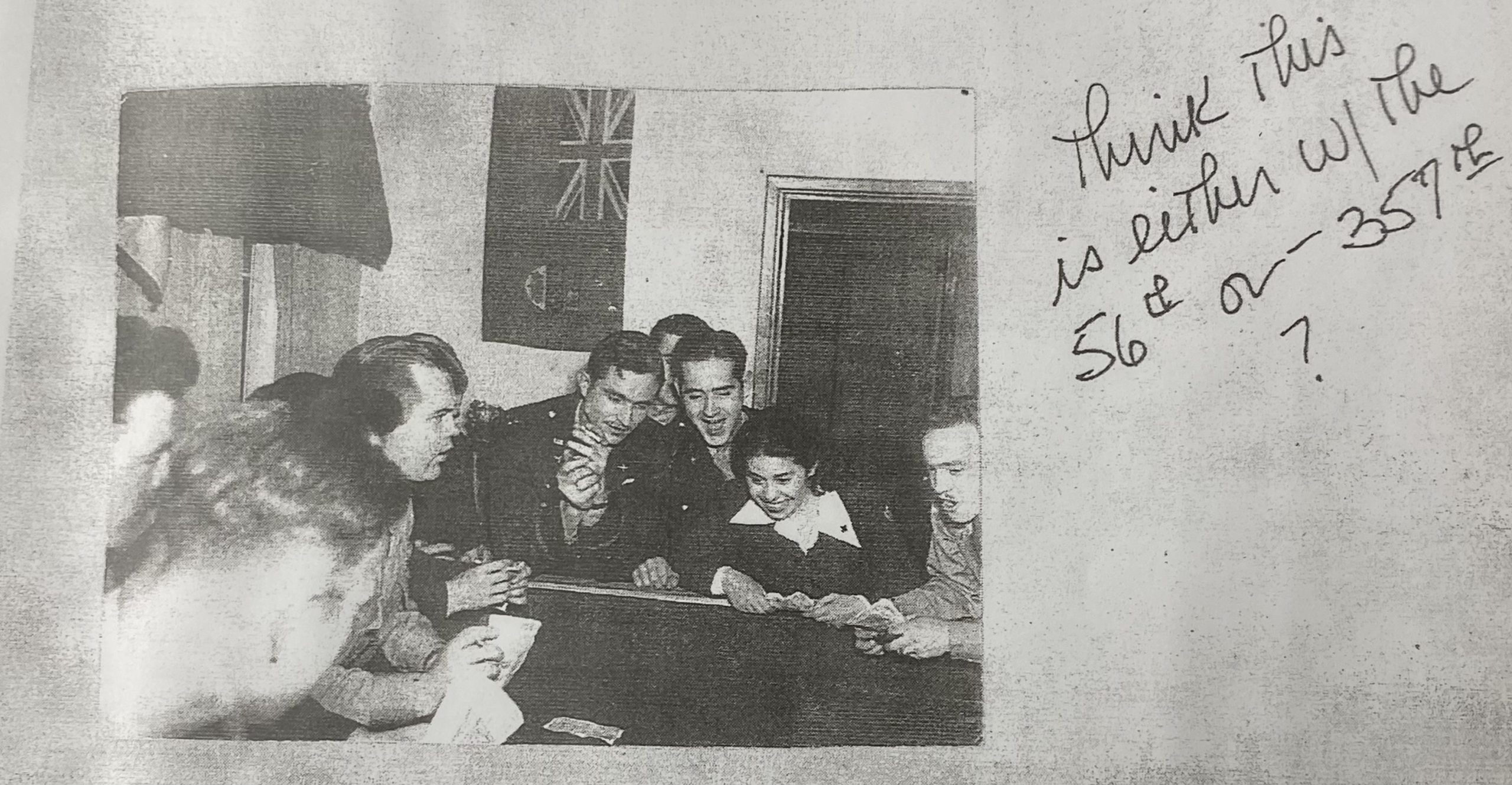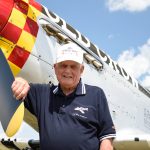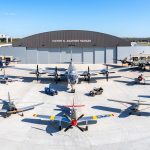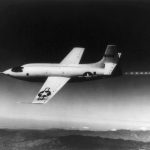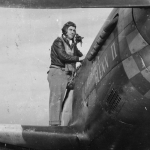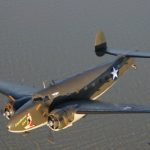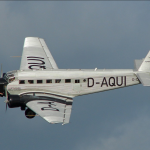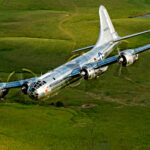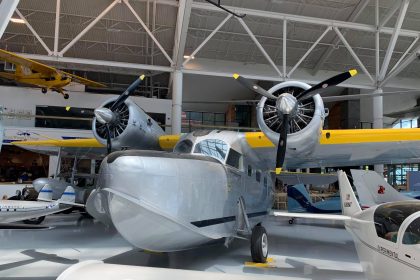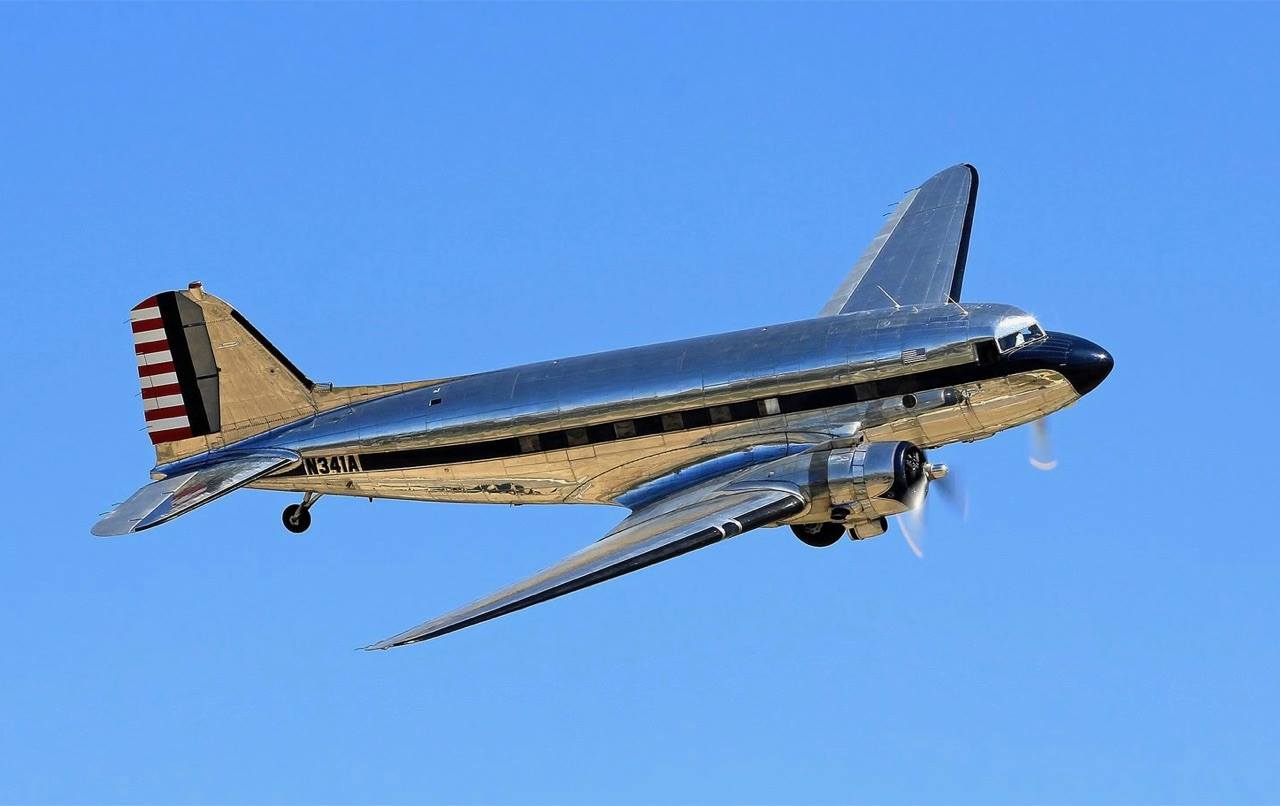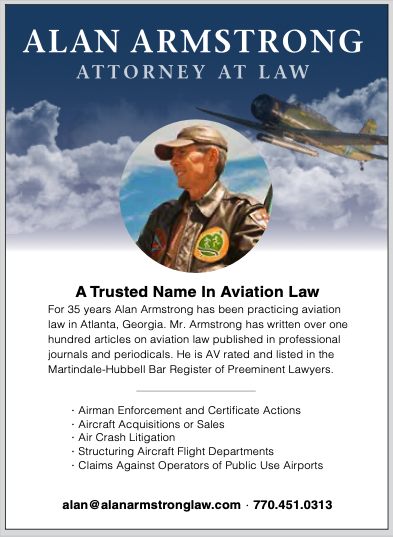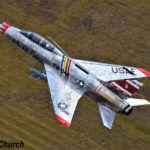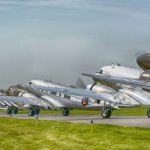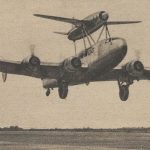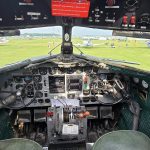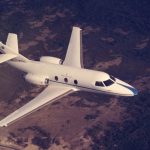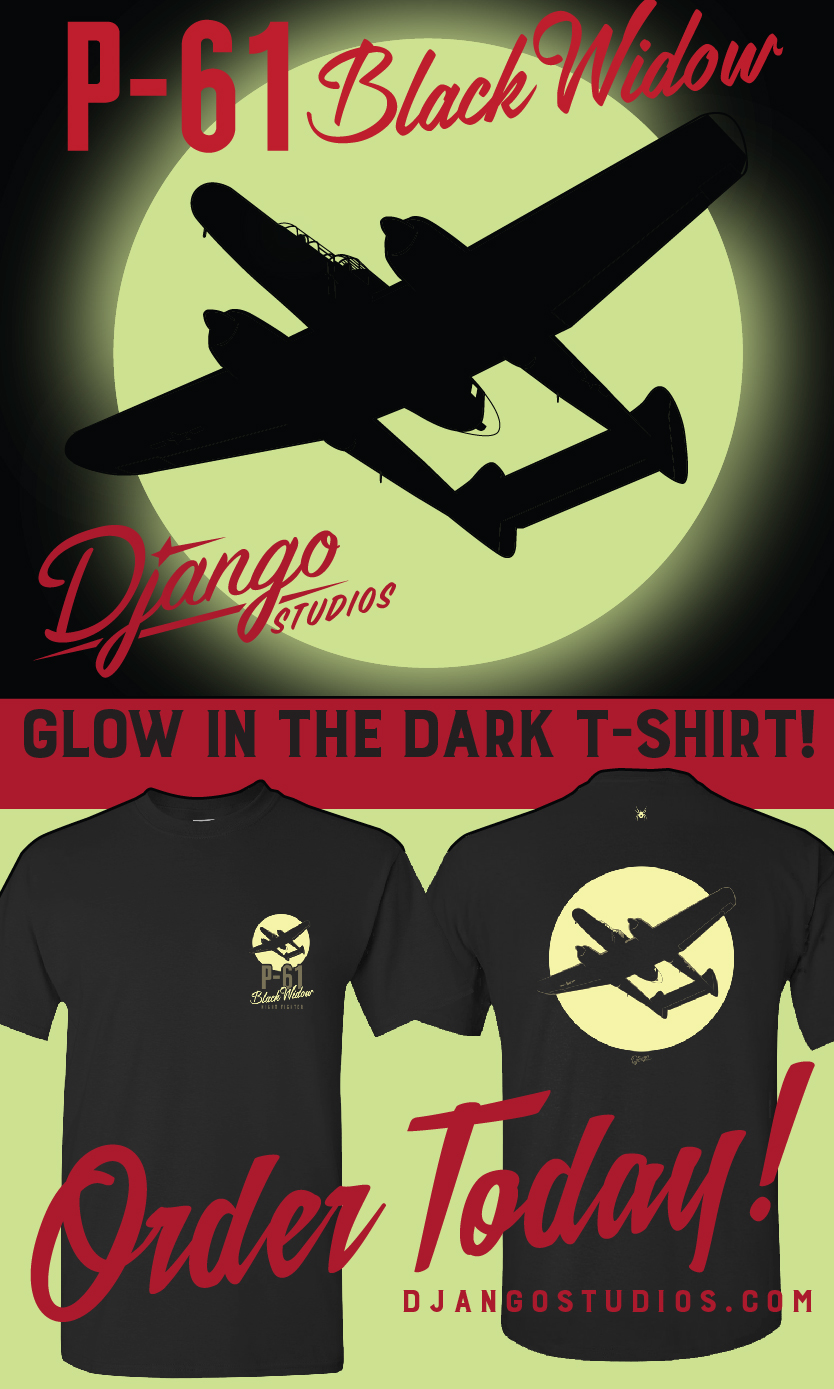It all started with Virginia “Ginny” Rado Currnutt, a Red Cross volunteer from Long Island, who joined at the suggestion of dear friend Ethel Hopkins (A close friend of the wife of Roosevelt). She served overseas from December 1943 until December 1945 as a program director responsible for Red Cross Clubs and Club Mobiles. She first served with the 56th Fighter Group and then with the 357th Fighter Group in England, then from December 1944 was with the 802nd Tank Destroyer Battalion in Germany until the end of war including the Battle of the Bulge. In May 1945 after V.E. Day, she was sent to Edinburgh, Scotland for six weeks to set up a Red Cross Club for airmen returning from prison camps. In August 1945, Virginia was sent to set up another Red Cross Club for the occupation troops in abandoned German S.S. barracks before she returned home to the United States in November 1945.
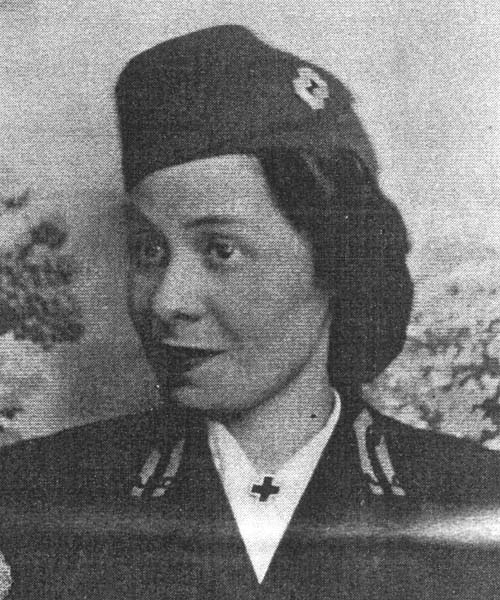
During her travels and time as a Red Cross Nurse, Virginia traveled with a William Ewart & Sons Tablecloth she had with her for hosting dinner parties and club-related events. This tablecloth was signed by over 60 personnel from various people in different units she served with. These signatures are from the 56th and 357th fighter groups, including nine ace pilots. Virginia gave the tablecloth to the 357th fighter group at their 35th reunion, which then ended up on display in an unidentified World War II museum. A short time after that, one of the ace pilots, Capt. William R. “Obie” O’Brien from the 357th Fighter Group, reclaimed the tablecloth as the museum was not properly taking care of it. O’Brien then donated it to The Houston Wing of the Commemorative Air Force, where it’s properly displayed and each signature is identified and labeled along with a binder of each photo of the signatures, information about the pilots who signed it, and also a copy of Virginia’s scrapbook kept during her time overseas.
One of the signatures displayed on the tablecloth is a signature from triple ace pilot Clarence Emil “Bud” Anderson. Anderson enlisted in January 1942 as an aviation cadet and received his wings as 2nd Lt. in September 1942. Anderson flew two tours combating the Luftwaffe with the 363rd fighter squadron of the 357th fighter group based at RAF Leiston, England. Anderson was the group’s third leading ace pilot with 16 ¼ aerial victories. His P-51 Mustang Old Crow s/n 44-14450 B6-S, carried him through 116 missions safely and unharmed. He returned home to the United States in February 1945 as a captain. After the war, Anderson was a test pilot, also serving as Chief of Fighter Operations and Deputy Director of Flight Test at Wright field and Edwards Air Force Base, served two tours at the Pentagon, and commanded three fighter organizations. From June to December 1970, Anderson commanded the 335th Tactical Fighter Wing and F-105 Thunderchief unit during the final months of the Vietnam war. After 30 years of military service, Anderson retired from the Air Force in 1972. In 1990, Anderson wrote To Fly and Fight: Memoirs of a Triple Ac which talks about his experiences in the military. On page 134 of the memoir, Anderson talk about Ms. Virginia’s tablecloth, wondering if another pilot, Pete Peterson, remembered what he had written, which was Peterson’s airplane named Hurry Home Honey.
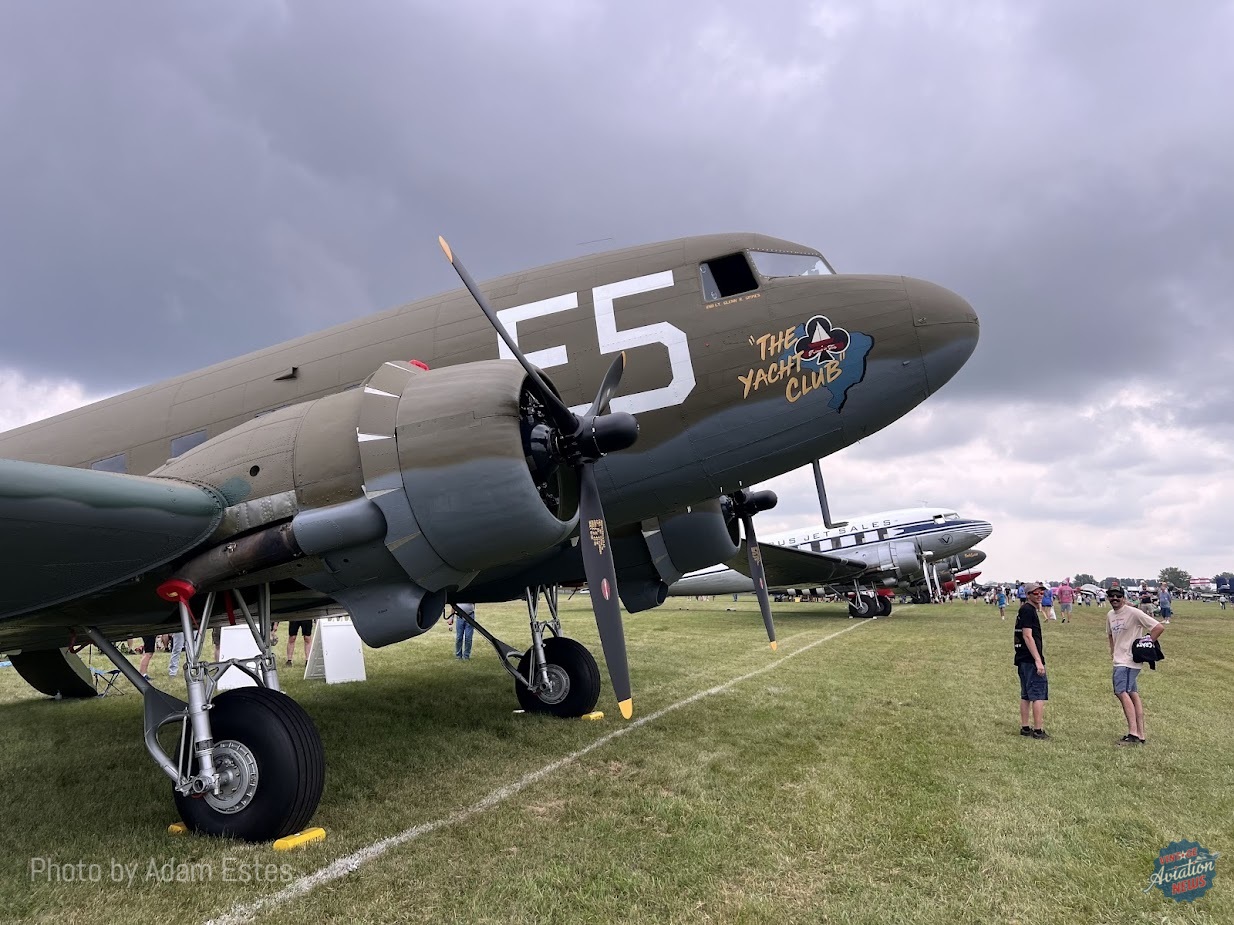
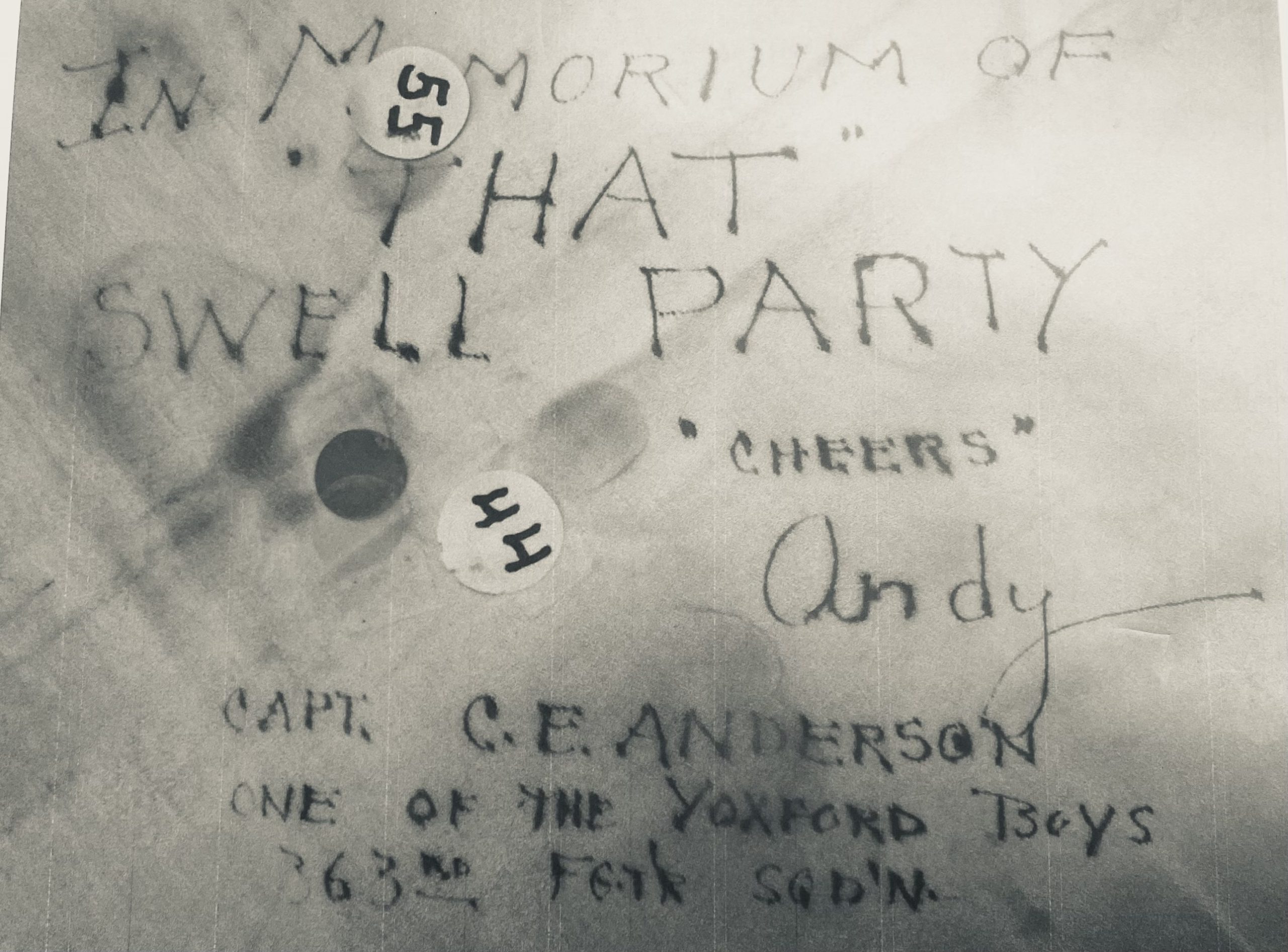

Major Richard A. “Pete” Peterson attended the University of Minnesota before joining the Army Reserve. He went through the cadet program and was commissioned as 2nd Lieutenant. He was then sent to Europe and joined the 357th Fighter Group. He had his first victory in March 1944, bringing down a FW-190 in his P-51 Mustang Hurry Home Honey. He flew 150 missions over Europe and became the top scorer in the 364th Fighter Squadron, with 15.5 total victories. He was the 10th ace of the 357th Fighter Group. All of his aerial victories were in his P-51. He became the youngest major at the age of 21 and the youngest person to achieve the rank in the Army Air Force.
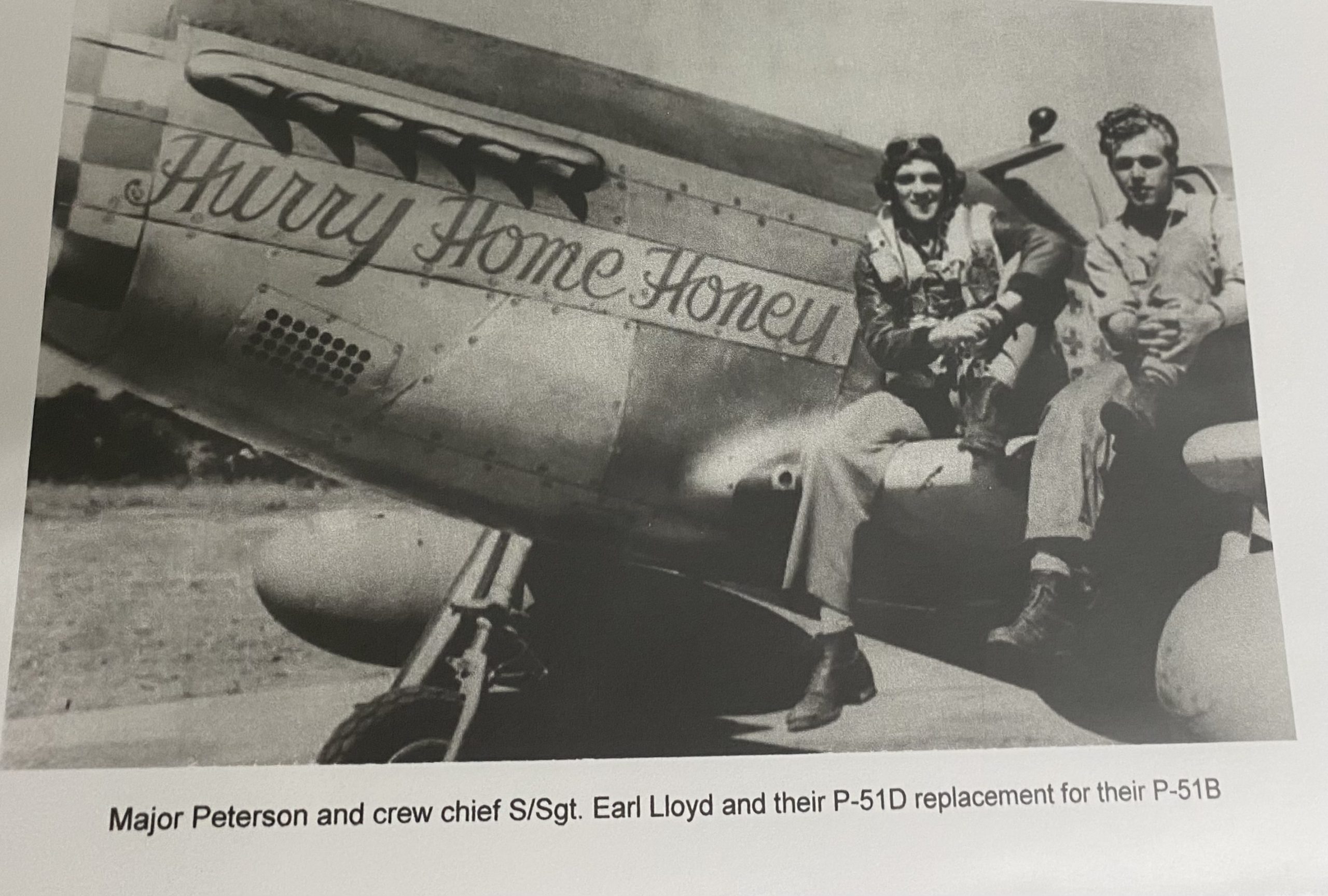
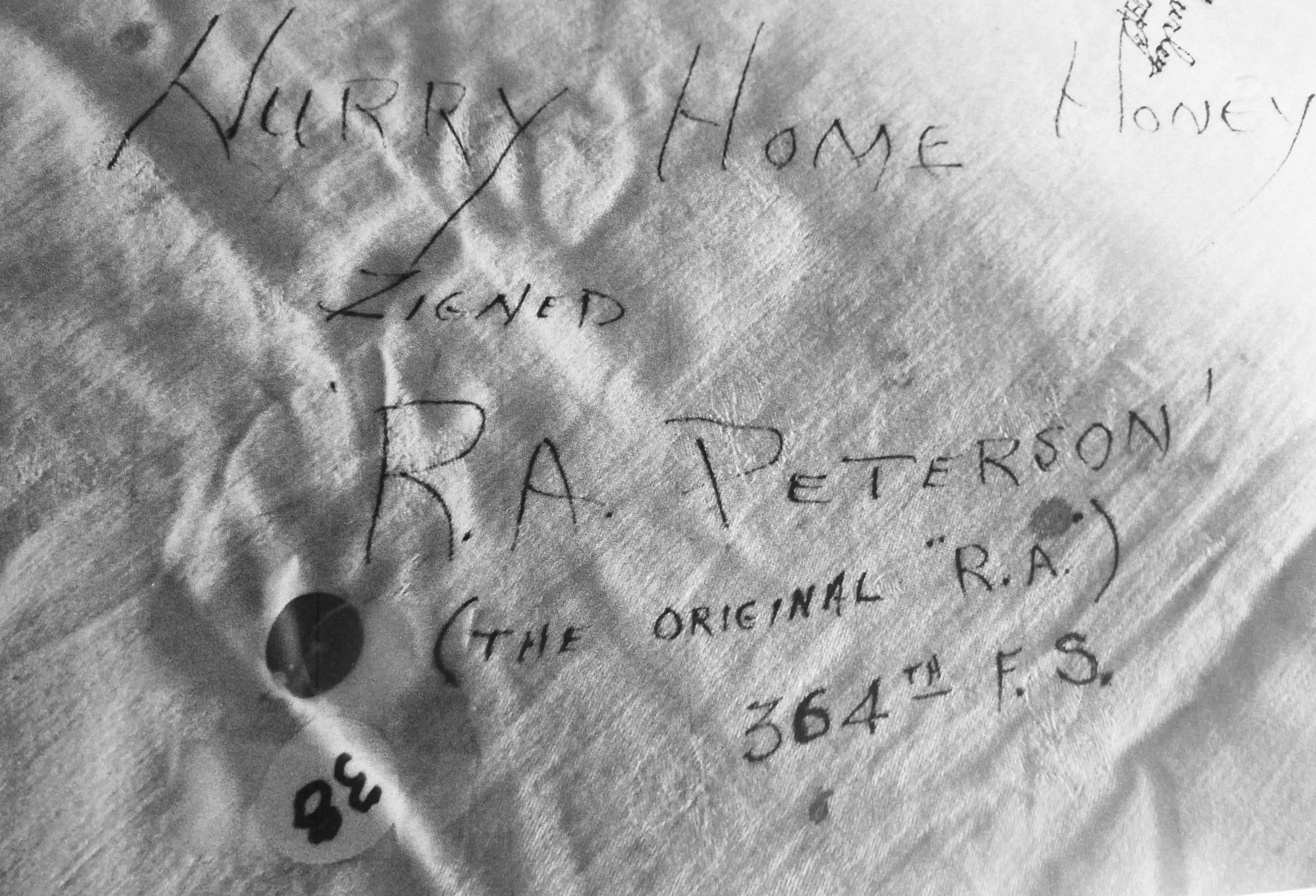
One of the most popular signatures on the tablecloth is the signature from the ace pilot Capt. Charles A. “Chuck” Yeager. Yeager was stationed at RAF Leiston and flew P-51 Mustangs with the 363rd Fighter Squadron. Yeager’s P-51 Mustang Named Glamorous Glen was named after his girlfriend (then later his wife in February 1945) Glennis Faye Dickhouse. Yeager gained one victory before he was shot down over France on March 5, 1944 on his eighth mission. He then escaped to Spain on March 30, 1944 with the help from the Maquis (French Resistance) and then returned to England on May 15, 1944. Yeager had outstanding eyesight, flying skills, and combat leadership; he distinguished himself by becoming the first pilot to make “Ace in a Day” in his group as he shot down five enemy aircraft in one mission, finishing the war with 11.5 official victories, one victory in particular one of the first air-to-air victories over a jet fighter (German Messerschmitt Me-262). Yeager was a noted test pilot and Major General for the United States Air Force, becoming the first pilot to travel faster than the speed of sound in 1947. In 1975, he retired as a brigadier general and was promoted to major general in 2005 on the Air Force’s retired list for his military achievements.
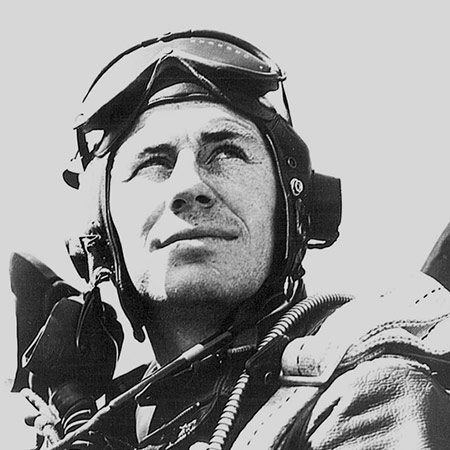
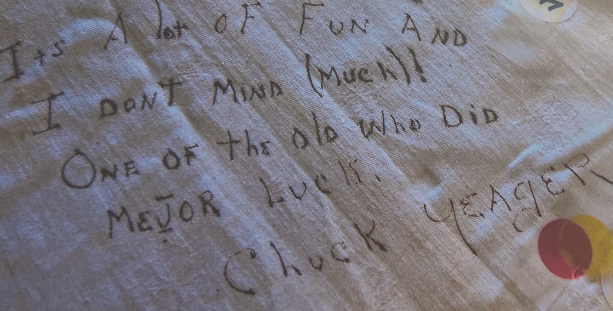
One of the most interesting pieces beside Virginia’s tablecloth is a copy of Virginia’s scrapbook at the CAF Houston wing. In her scrapbook, she has many pictures from her time as a Red Cross nurse. During the war, there is mention of someone Virginia was seeing at the time Nicknamed “Westy” and at some point was engaged to (reasons unknown of why the engagement was called off), and their travels across Europe. “Westy” is identified as General William Westmoreland, one of the most well known commanders of the U.S forces during the Vietnam War from 1964-1968.
The tablecloth and artifacts can be seen at the CAF Houston Wing’s museum, open to the public every first and third Saturday of every month, from 10 a.m. – 3 p.m. free of charge. Groups can be accommodated at other times by appointment. The museum is primarily dedicated to WWII aviation but which also covers American, German, and Japanese military and home front life during the war. The museum exhibits are labeled and there are knowledgeable docents available to expand on the displays.







